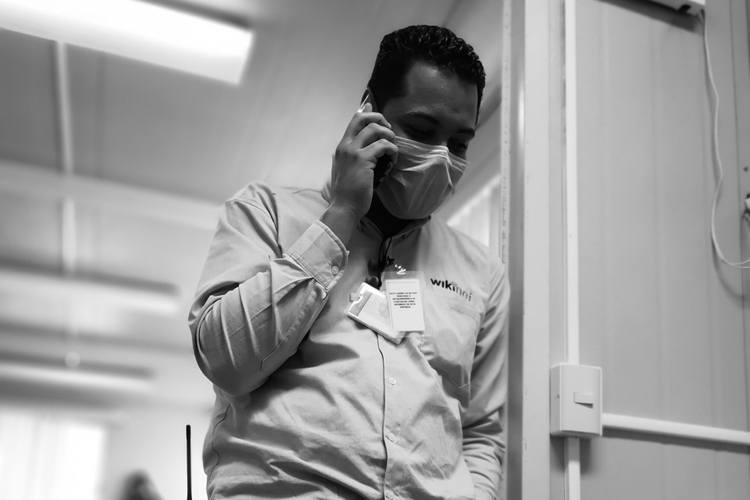It is more important than ever to keep your employees safe. The current climate is an uncertain one, but this is for sure – even when the global pandemic passes, we should be taking employee safety in the workplace ever more seriously.
Employers in the 21st century hold a lot of their employees’ personal data, which must be protected, and offices filled with bright computers and stressful deadlines can be harmful to mental and physical health. The four tips below can help you take a step back and see where you might be able to improve the lives of your staff.
Protect their data
Data protection is a type of employee safety that might not come to mind straight away. During the employment process, as well as with their contracts and internal communications, your staff has trusted you with a lot of personal information.
It can help to protect their data by keeping your official documents centrally, so you know where everything is, and protecting data individually with passwords if you are storing data on the cloud or on an intranet system.
Promote a safe working space
Always remember, if an employee suffers an accident at work, they cannot be fired as a result. If an employee is unfairly dismissed after accident at work, they will seek legal advice, and you could be prosecuted if the accident was a result of negligence.
The easiest way to prevent a dispute like this from happening is to promote a safe working space. Encourage your staff to point out any dangers or dangerous behavior they witness and, if necessary and possible, hire a health and safety professional to keep on top of matters.
You should be asking your staff regularly how they feel about their workload and their workplace, both physically and mentally. Any concerns should be treated with the utmost respect straight away.
Make them comfortable
Nobody wants to work somewhere uncomfortable or with no creative and entertaining outlets. Think about what you can do with your break room or kitchen to make it a better place to spend ten minutes away from that computer or large file that your worker has been pouring over for the past hour.
Encouraging regular breaks increases motivation and productivity, as it prevents fatigue and burnout. This is especially relevant for those working on bright screens. Computer vision syndrome is a common eye strain on office workers, and you should consider these methods of preventing it:
• Proper ambient office lighting
• 20-20-20: tell employees to look at an object 20 feet away for 20 seconds after every 20 minutes of screen time
• 10-minute breaks after every hour of screen time
Listen to their needs
As mentioned earlier, it’s never a bad idea to listen to what your employees want or feel could be improved. Working from home is a popular and, in some places, necessary adaptation of the way businesses function at the moment. If employees want increased flexibility on where and how they work, always consider how and you can help them in this respect. A happier and more comfortable employee is a more productive worker.
Some workers might bottle up their needs. In former jobs, they might have worked for somebody who didn’t want to hear them or treated them badly if they admitted to being stressed or overworked. Promoting a culture of speaking and listening between staff and department leaders builds a positive and cohesive atmosphere and helps your workers’ mental health.




